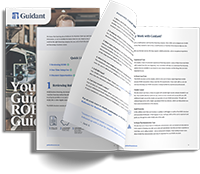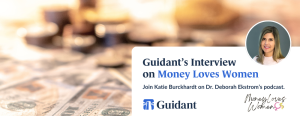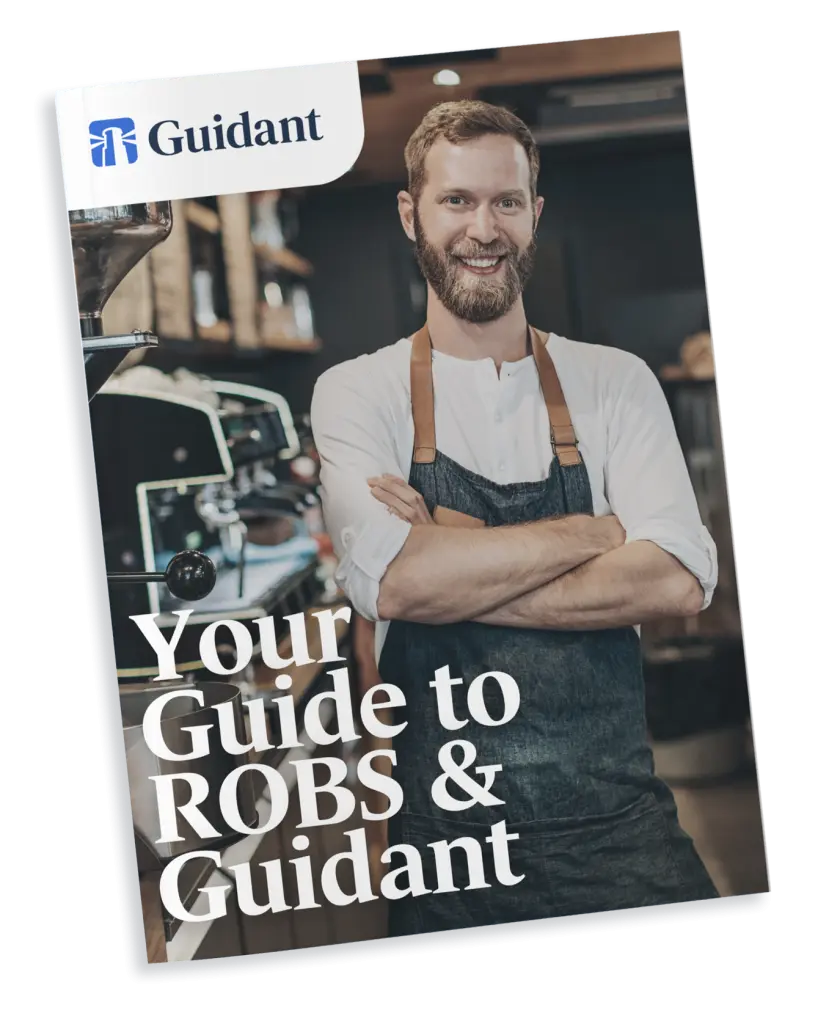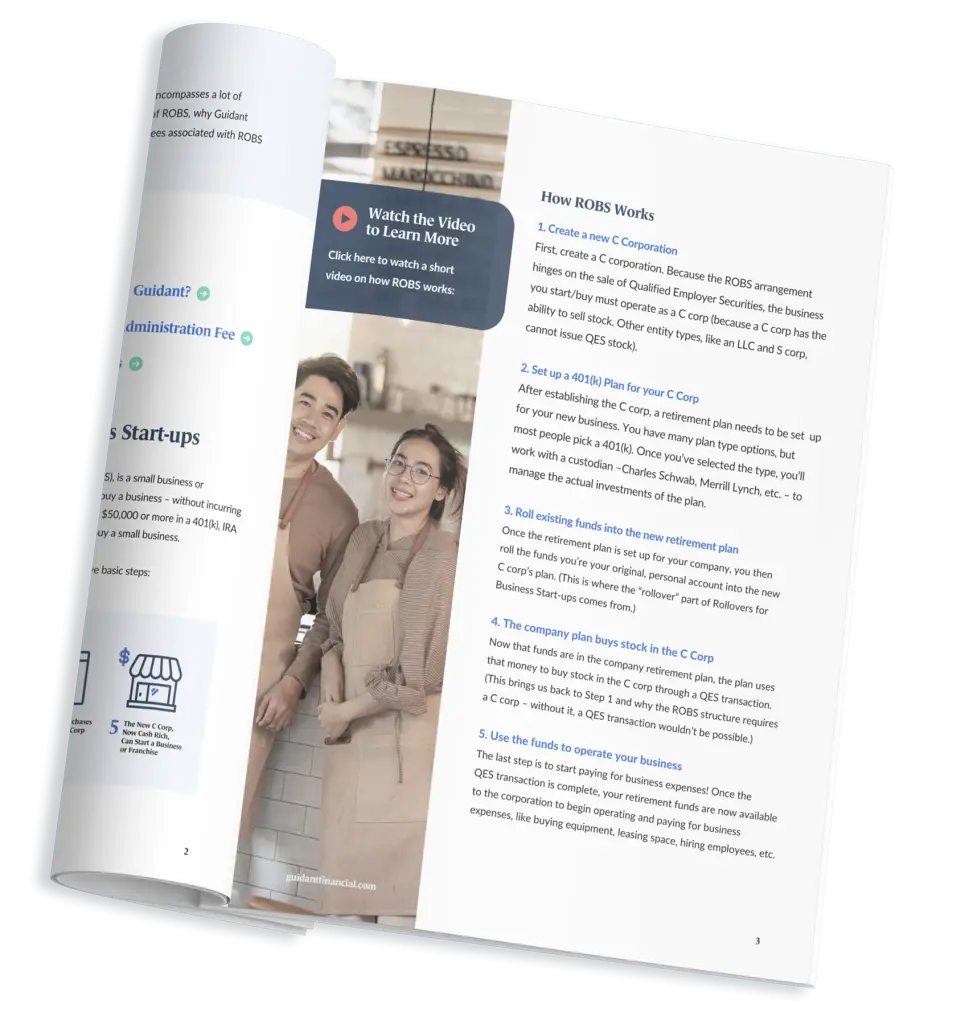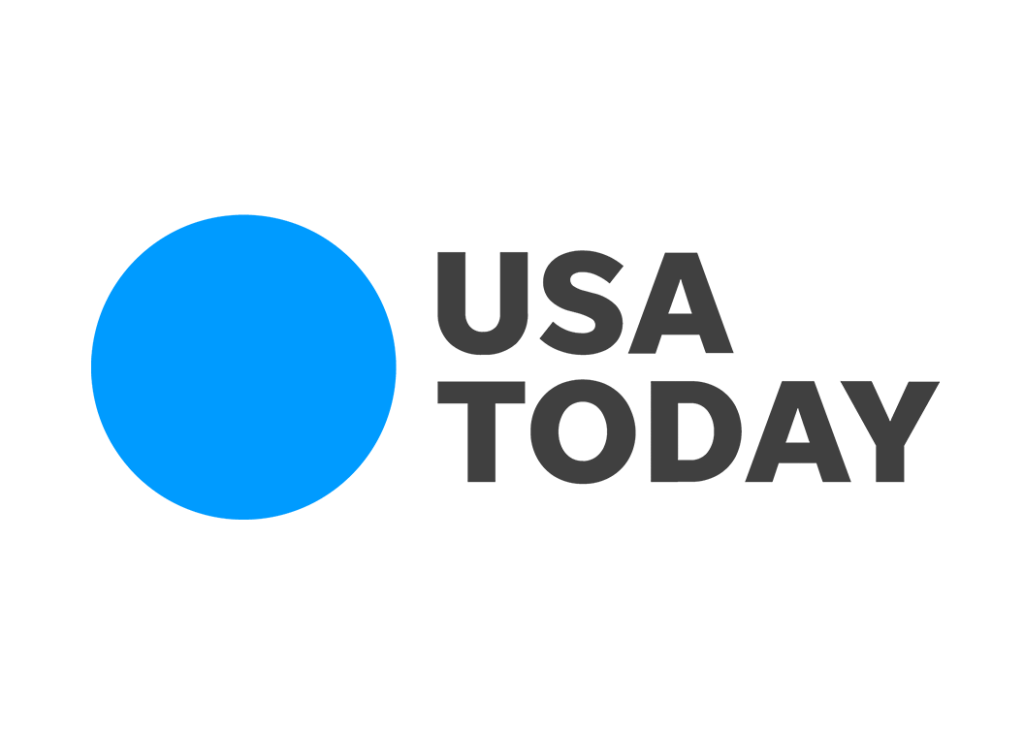Chances are, you have — or have had — retirement accounts such as a 401(k) at some point in your career. Top heavy 401k plans are a smart way to invest in your future and a smart tool for small business owners to provide to their employees. Sponsoring a qualified retirement plan such as a 401(k) allows your business to offer your employees a tangible and appreciated retirement benefit.
The unique nature of Guidant’s 401(k) Plan Administrative Compliance program is even more powerful because it permits you and your new plan to finance your business with funds from your previous IRA or 401(k) plan — using Rollovers for Business Startups (ROBS). However, before jumping in, note potential issues arising from your workforce. We’ll break down top-heavy 401(k)s in this article, from what they are to what you need to do (and watch out for).
401(k) business financing is a rising small business funding method in popularity. But what is it and how does it work? Discover What is a ROBS? How 401(k) Business Financing Works.
What is a Top-Heavy 401k Plan?

First, if more than 60 percent of the assets of the 401(k) plan are owned by key employees, the plan is considered a “top-heavy 401k plan.” This determination is made through top-heavy testing. The IRS designates key employees as those that are “the most highly paid employees who own more than 60% of the value of the plan assets.” In other words, key employees include the owners and officers of the business and certain members of their families. The IRS also lists the following attributes of a key employee:
- Employees or officers making more than $200,000 (in 2022)
- Business owners holding more than 5% of the stock or capital
- Owners earning more than $150,000 (not adjusted for inflation) and holding more than 1% of the plan
For family members, attribution includes stock owned by a spouse, children, or grandchildren, and parents.
Explore the Top 7 Best Options for Small Business Financing today — and decide which funding strategy best fits you and your business goals.
How do I Know if I have a Top Heavy 401k Plan?
Here’s how to do a heavy determination for your entire plan: Perform top-heavy testing annually. For existing plans, top-heavy status is determined as of the last day of the previous plan year. For new plans, top-heavy status is determined on the last day of the initial plan year. See our Top Heavy Rules.
Want to fund your business with your IRA Funds? See How to Use Your IRA to Start or Grow Your Business.
What Must I Do if I have a Top Heavy 401k Plan?
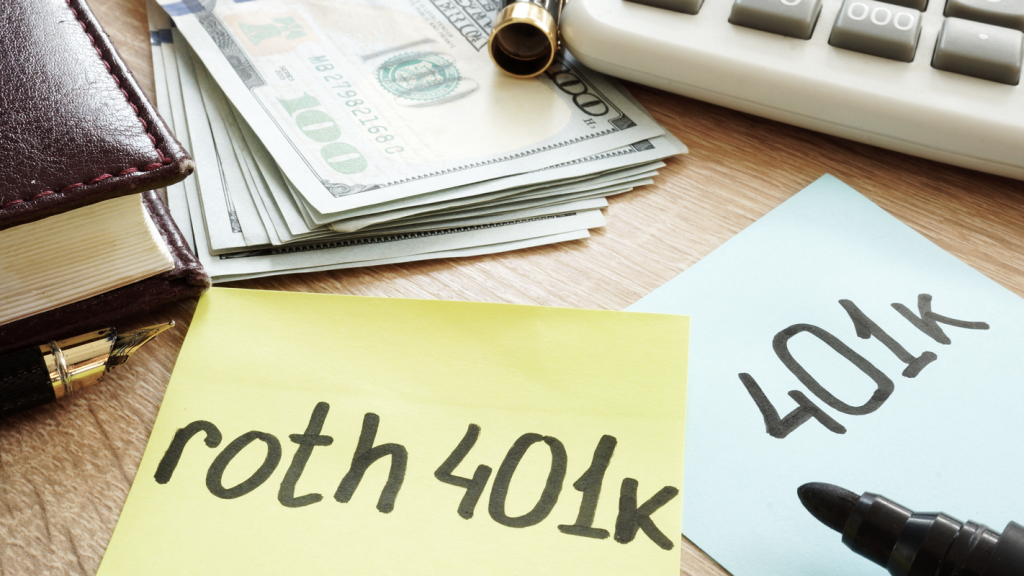
If it’s determined that your plan is top-heavy for this period of time, then the plan is subject to additional requirements to help balance out the difference between the key employees and the other employees. Here’s what you can do:
- Contribution limits. Make minimum contributions to all non-key employees. Alternately, look into salary deferrals for key employees.
- Vesting schedules. Accelerate your vesting schedule for account balances attributable to top-heavy minimum contributions.
Remember that elective deferrals contributed by a key employee are considered an employer allocation, triggering a top-heavy allocation requirement for non-key employees. When a key employee receives an employer contribution or makes a 401(k) contribution, the employer must make a minimum contribution to all non-key plan participants.
What retirement plans are qualified for 401(k) business financing? While 401(k) is the name most commonly used, here are the 10 Types of Eligible Retirement Plans for ROBS.
How Much is the Heavy Contribution Requirement?

The required minimum company contribution is three percent of compensation to all non-key employees. If the highest actual contribution to any key employee is less than three percent of compensation, then that is the rate for the top-heavy allocate.
Did you know you can use your 401(k) or IRA on a downpayment for a SBA loan? See Using Your 401(k) as an SBA Downpayment — Penalty-Free.
Who must receive the Top Heavy Minimum Contribution?
The top-heavy minimum contribution is given to all non-key plan participants who are active employees on the last day of the plan year, regardless of actual hours of service performed. The plan may provide eligible key employees with a top-heavy annual contribution.
What are the Vesting Requirements for a Top Heavy 401k Plan?
- Cliff vesting: 3-year maximum term
- Graded vesting: Maximum term is six years (also known as the 2/20 schedule). Specifically:Year 1 = 0% vested
- Year 2 = 20% vested
- Year 3 = 40% vested
- Year 4 = 60% vested
- Year 5 = 80% vested
- Vested Year 6 = 100% vested
What is the Minimum Contribution Requirement if the Plan is a Safe Harbor 401k Plan?

Safe Harbor 401(k) plans feature simple, alternative methods for meeting non-discrimination requirements. With Safe Harbor plans, the employer is already making a required contribution, so an additional contribution may not be required. The safe harbor contribution can also provide a double duty and correct a top-heavy plan. Learn more about Safe Harbor Plans.
Also, note that a Safe Harbor non-elective contribution of three percent or more will generally satisfy the top-heavy rules requirement. A top heavy Safe Harbor 401(k) plan designed with a matching contribution (see below for exempt safe harbor 401(k) matching contribution) will count towards satisfying the top-heavy minimum for those who receive it.
Here’s Everything You Need to Know About Safe Harbor — explained in just 16 minutes from ROBS experts.
When is a Top Heavy 401k Plan Exempt from Minimum Contributions?
Here’s how to know a top-heavy plan is exempt:
- If only Safe Harbor contributions are made (no profit-sharing contributions and no matching contributions), no top-heavy contribution is required for that plan year.
- If the contributions consist of only the elective deferrals and the employer contributions necessary to satisfy the ADP (elective deferral test) and ACP (employer matching contribution test), no top-heavy contribution is required.
- If an employer makes a discretionary matching contribution that is within the ACP Safe Harbor requirements (less than 4% of compensation and not matching deferrals in excess of 6% of compensation), no top-heavy contribution is required for that plan year.
- If a profit-sharing contribution is made, the employer must make top-heavy contributions for that year. However, all profit-sharing and matching contributions can be used to satisfy the required top-heavy minimum contributions.
Ready to learn more about ROBS? Here’s our Top 10+ Resources and Guide for Getting Started with ROBS for small business owners.
Moving Forward with Top Heavy 401ks
Now that you know more about top-heavy 401(k)s, including how a top-heavy test works, which key employees are, how to assess annual compensation about top-heavy contribution plans, and all about the special rules for top-heavy 401(k)s, you’ll be in a better place with your plan.
Whether you need help strategizing your unique business financing plan — or need help with your 401(k) plan compliance and administration — Guidant Financial is here. Our team of experts specialize in small business financing and support. In fact, we’ve supported and funded over 30,000 small businesses across the U.S. since 2003. Remember: You don’t have to fund your business all alone. Team up with a business partner you can trust.
Call us today at 425-289-3200 for a free, no-pressure business consultation to get started — or pre-qualify in minutes for business financing now!
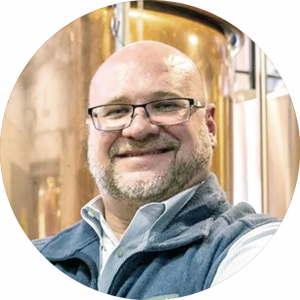
“I owe a sense of gratitude to Guidant for helping me get here. It was a turning point for us moving forward.”
— Stephen Such, Falling Sky Brewing
Read the stories of REAL small business owners who work with Guidant.



